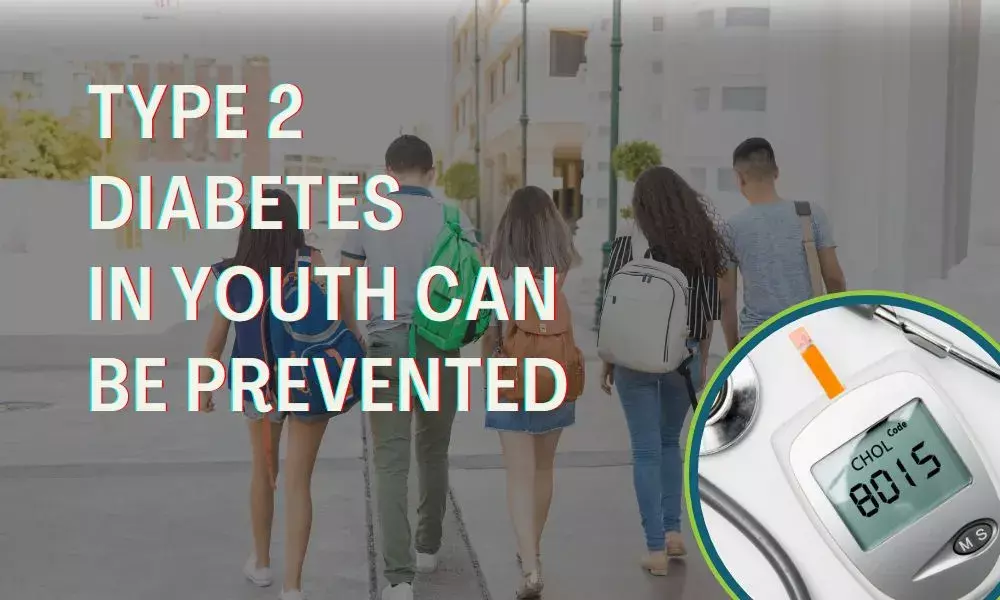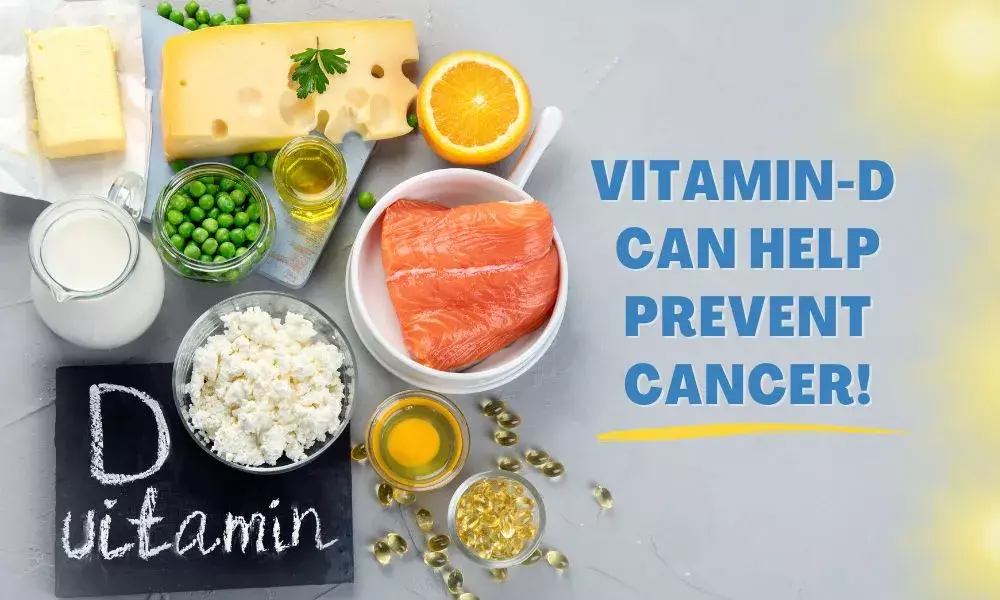There has been a steep increase in type 2 diabetes cases, especially in young Indians aged 20 – 30 in past two decades.
Traditionally, it was observed that Type 2 diabetes developed in people who were overweight and above 40 years. But recently, type 2 diabetes has also become common in the younger generation.
Type 2 and Type 1 diabetes: Difference
Type 1 diabetes is a condition that arises when your pancreas (insulin-producing gland) fails to produce enough insulin or produces no insulin. This is a lifelong chronic disease that does not have a cure. It can only be controlled by managing sugar levels by injecting insulin and making dietary and lifestyle changes.
However, Type 2 diabetes is a severe health condition that affects how efficiently your body uses glucose (blood sugar). Type 2 diabetes is often associated with age groups above 40 years and linked to individuals who are obese.
How to differentiate between both, especially in youth?
Few major symptoms of type 1 diabetes include weight loss, urination, and increased thirst. Studies show in many cases of type 1 diabetes, children do not have any family history of diabetes and are not overweight.
On the contrary, Type 2 diabetes surfaces at or after puberty. As per research, about 80 percent of youth having Type 2 diabetes are overweight with a family history of diabetes in parents or close relatives. The common signs of type 2 diabetes are weakness, excessive urination, and weight loss. These early signs appear in type 1 diabetes too.
However, clinically when there are visible signs of insulin resistance, like dark pigmentation in the underarms, neck, or other skin folds, it can be a symptom of type 2 diabetes.
Type 2 diabetes is also associated with abnormal cholesterol levels, high blood pressure, polycystic ovary syndrome, and fatty liver. According to Indian Council of Medical Research*, half of Indian youth with Type 2 diabetes have high blood pressure.
To detect diabetes, your doctor may prescribe tests like Fasting blood sugar, Postprandial blood sugar, HbA1c, Urine analysis, autoimmune antibodies and C-peptide test (a protein released in the blood which should be proportional to the amount of insulin released by the pancreas).
The results of these tests help in early detection of type 2 diabetes in youth. These tests help differentiate between the subtypes of diabetes.
Early screening can help you treat this disease before it reaches to a chronic level.
Preventing Type 2 Diabetes in Youth.
Diagnosis of type 2 diabetes in youth means they will have to live a restricted life for a longer while and they will be more vulnerable to many health complications, which might occur later in their life as their age progresses.
Nothing much can be done to prevent type 1 diabetes. But type 2 diabetes in youth can be controlled by taking preventive measures.
Focussing on diets low in refined carbs, high in fibre, and adequate protein intake is essential, as is regular physical activity. Avoiding excess weight gain in childhood and adolescence is the best way to keep diabetes at bay.
*Data source: Why Type 2 diabetes is becoming common among young Indians in their 20s and 30s | Health and Wellness News,The Indian Express





